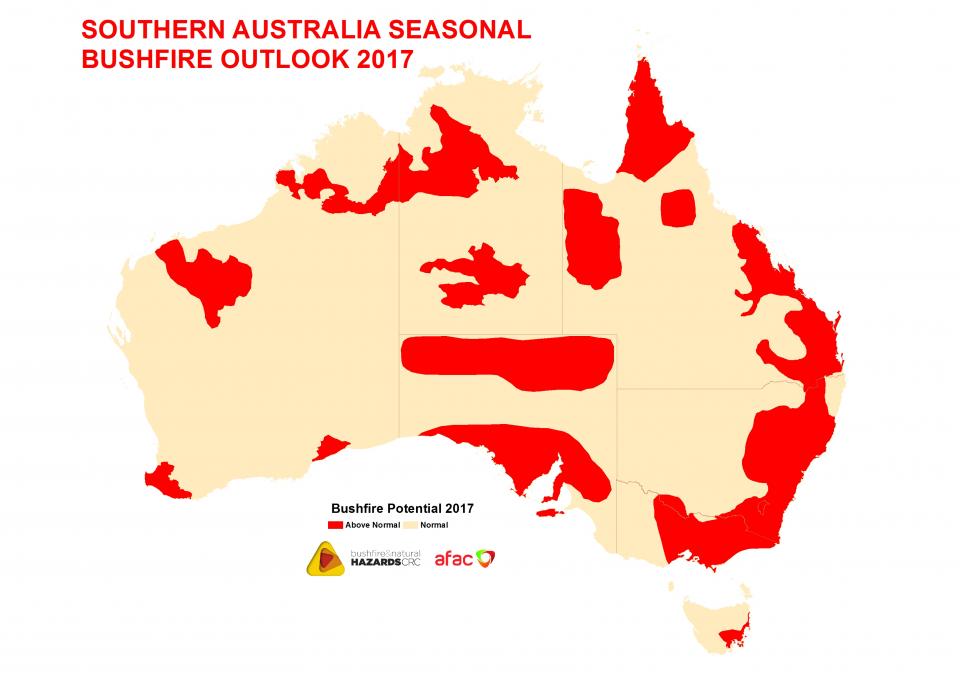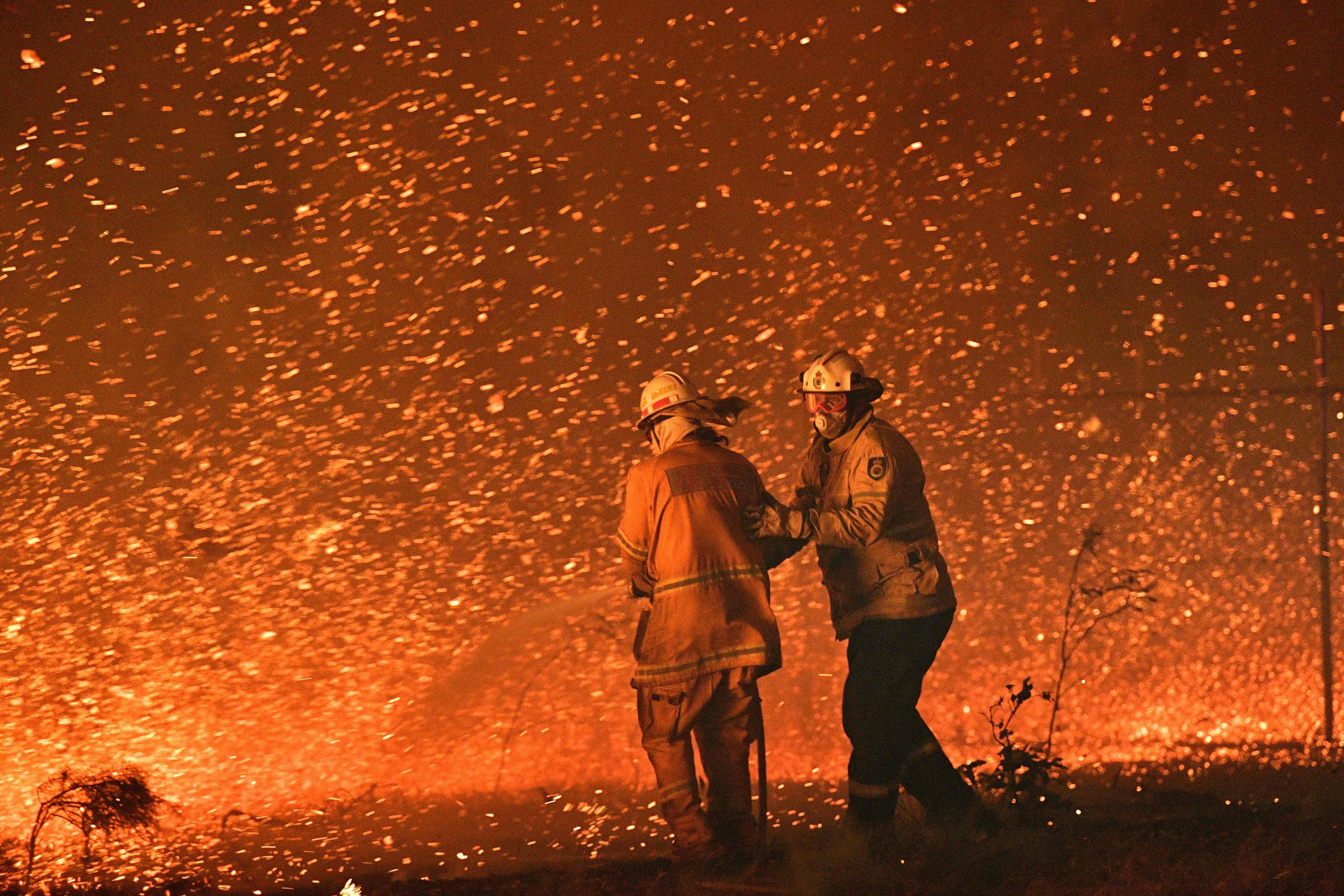The Value of Bushfire Management in Fire Protection
In the realm of fire defense, the significance of effective bushfire administration can not be understated. As communities globally grapple with enhancing circumstances of wildfires, the proactive technique to stop and minimizing these natural calamities through tactical bushfire management methods has arised as an essential aspect. Beyond the immediate hazard to human life and building, the interaction between bushfire management and eco-friendly conservation, community involvement, and climate adjustment poses complicated obstacles that demand detailed remedies.
Relevance of Proactive Bushfire Prevention
Positive bushfire avoidance approaches are important in minimizing the devastating influences of wildfires on communities and ecosystems. By taking preventative procedures before a bushfire occurs, the risks connected with these natural calamities can be substantially decreased. One crucial aspect of proactive bushfire avoidance is gas administration. This involves minimizing the amount of combustible product, such as dead greenery and completely dry leaves, that can serve as fuel for fires. Fuel monitoring approaches include suggested burns, where controlled fires are deliberately lit to decrease the build-up of combustible product.
Informing the public on fire safety and security practices and promoting community recognition concerning the value of bushfire prevention are essential parts of proactive approaches. Eventually, proactive bushfire prevention plays a significant duty in guarding neighborhoods and communities from the damaging effects of wildfires.
Function of Community Interaction in Fire Protection
Involving the community in fire protection efforts is essential to enhancing the efficiency of positive bushfire avoidance techniques. Community involvement plays a critical function in cultivating a collective understanding of the risks postured by bushfires and the significance of readiness actions. By entailing neighborhood residents, authorities can distribute important information on fire safety practices, emptying treatments, and very early warning systems, empowering people to take proactive steps to secure their buildings and lives.
In addition, community engagement efforts assist develop resilience within areas, cultivating a sense of unity and shared duty in mitigating fire dangers. Through workshops, training sessions, and community occasions, citizens can find out just how to create defensible areas around their homes, lower fire gas loads, and determine prospective dangers. By fostering a society of readiness and cooperation, neighborhoods can reinforce their capacity to react properly to bushfire emergencies, reducing the effect on residential or commercial properties and lives. Eventually, neighborhood interaction is a keystone of extensive fire protection approaches, highlighting the importance of cumulative action in safeguarding susceptible areas from the risk of bushfires.
Importance of Wildlife Preservation in Bushfire Monitoring
Conservation of wild animals plays a vital duty in efficient bushfire management approaches, making certain the security of diverse ecosystems and biodiversity in fire-prone areas. Wildlife conservation is essential as it adds to the total strength of ecosystems, aiding in their ability to hold up against and recover from the impact of bushfires. By saving habitats and safeguarding various types, the natural equilibrium within these environments is kept, which is important for their long-term health and wellness and sustainability.
Furthermore, wild animals conservation additionally assists in reducing the risk and intensity of bushfires. Healthy environments with well-preserved wildlife populaces can act as all-natural firebreaks, reducing the spread of fires and limiting their harmful potential (BMP). Certain pet varieties, like burrowing pets or birds that spread seeds, play special roles in stopping fires or helping in the post-fire regeneration of environments
Integrating wildlife conservation into bushfire administration strategies is not just necessary redirected here for protecting biodiversity however also for promoting the total health and wellness and durability of environments in the face of increasing fire hazards.
Benefits of Strategic Fuel Reduction Programs
Strategically executing gas decrease programs is important in mitigating the danger and influence of bushfires in fire-prone regions. These programs involve regulated burning, mechanical cleaning, and other methods to decrease the amount of flammable vegetation readily available to sustain wildfires. By strategically minimizing fuel tons in essential areas, such as close to household areas or essential facilities, the intensity and spread of bushfires can be significantly lowered.
One of the key advantages of gas reduction programs is the enhancement of overall fire strength in an ecological community. By developing strategic fuel breaks and reducing the continuity of vegetation, these programs help to interrupt the path of a bushfire, making it simpler for firefighters to extinguish the blaze and have. Additionally, gas decrease programs can safeguard biodiversity by stopping exceedingly extreme fires that can ravage environments and endanger wildlife populations.
Additionally, these click over here programs can likewise protect human lives and home by reducing the threat of catastrophic fires that posture a substantial threat to areas. Eventually, strategic gas reduction programs play a critical role in positive bushfire monitoring and promoting a much safer environment for both individuals and nature.
Influence of Environment Modification on Bushfire Risk

Higher temperatures cause drier vegetation, making it much more vulnerable to ignition. Lowered rainfall in certain regions extends dry spell conditions, even more enhancing the flammability of the landscape. In addition, the altering environment has actually modified wind patterns and weather, resulting in more unpredictable fire habits and quick fire spread.
As the climate remains to alter, the regularity and intensity of bushfires are anticipated to rise, necessitating a adaptive and proactive method to bushfire administration. Approaches need to visit homepage evolve to make up the altering danger landscape, integrating environment estimates and taking into consideration long-term resilience in fire management planning. Resolving the impact of climate adjustment on bushfire risk is crucial in developing effective methods to safeguard lives, residential or commercial property, and the environment.
Final Thought
Finally, proactive bushfire prevention, neighborhood interaction, wildlife preservation, strategic fuel decrease programs, and consideration of climate modification are vital elements in reliable fire security. By implementing these methods, we can better handle bushfire dangers and protect both human lives and the atmosphere. BAL Report. It is essential that stakeholders collaborate to prioritize these measures to reduce the destructive effect of bushfires on neighborhoods and ecosystems

As the climate proceeds to transform, the regularity and intensity of bushfires are anticipated to increase, demanding a flexible and proactive strategy to bushfire monitoring.In conclusion, positive bushfire prevention, community interaction, wild animals conservation, strategic fuel decrease programs, and consideration of environment modification are crucial components in reliable fire security.